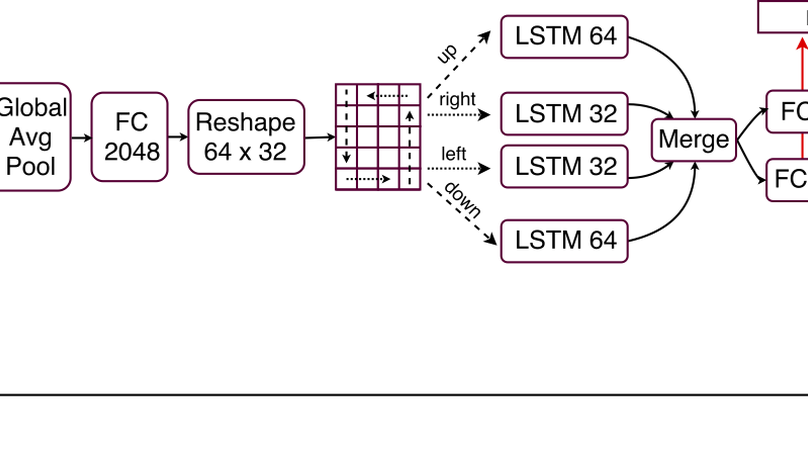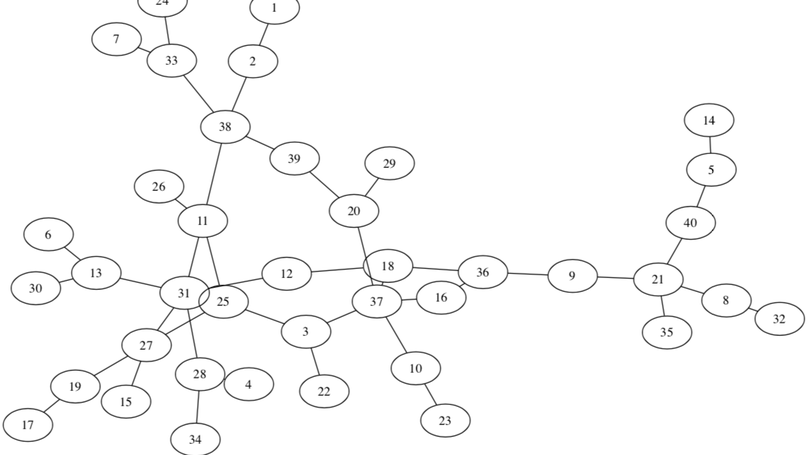Biography
I am a Software Engineer focused on Machine Learning & Computer Vision @ LMO, where we’re working on exciting future of in-orbit servicing and autonomous space systems. Have a look at our website! I was previously Lead Data Scientist & ML Engineer @ Yoba, building cutting-edge AI for the underserved SME lending market. Before that, I was a Research Engineer at Automation & Robotics Research Group (ARG) at SnT, University of Luxembourg working on an Airplane Inspection project using aerial robots.
I obtained my Masters degree in Information and Computer Sciences from University of Luxembourg with a dual specialization in Artificial Intelligence and Information Security. My thesis was about deep learning applied to computer vision and robotics. I worked extensively with UAVs and humanoid robots at the ARG lab throughout my Bachelors and Masters. My other interests include blockchain, finance and macroeconomics. In my free time, I listen to various podcasts while training for ultra-cycling marathons and other outdoor adventures.
Download my resumé.
- Machine Learning
- Data Science
- Robotics
- Space
- Blockchain
-
M.Sc. in Information and Computer Sciences, 2017
University of Luxembourg
-
Master Exchange Student, 2016
Nanyang Technological University (NTU, Singapore)
-
B.Sc.Eng. in Computer Science, 2015
Poznań University of Technology (Poland)
Experience
- Research and development of in-orbit servicing and space situational awareness (SSA)
- Leading ML training efforts; building tools and processes to automate and streamline experiments and model training pipelines
- Data-driven optimisation of business processes in consumer lending
- Developing and deploying ML models
- Scraping internet and building data sets
- Automating reporting and analysis tools
- Development of robot process monitoring software in ROS
- System integration and tools development in C++/Python
- Development of an LED controller for UAV using ARM microcontroller and node.js
- Participating in competitions, preparing and running research experiments
Projects
Featured Publications

The motivation behind this thesis is to further investigate different approaches for image-based localization. Similarly to PoseNet, we formulate the problem as pose regression and further improve upon it by introducing quaternion algebra for proper attitude representation. In addition, we combine two recently developed approaches: (1) a multi-task loss function that learns the optimal weighting between position and orientation regression tasks, (2) a CNN followed by a spatial LSTM network for better structured feature correlation. Furthermore, we only finetune a small portion of the pretrained CNN feature extractor. Lastly, we extend the problem to videos and employ seq-to-seq regression model based on LSTMs. We evaluate the models on the 7Scenes dataset and introduce a new Airframe dataset, where localization is performed with respect to an object that changes position and orientation in the environment. We achieve at least competitive, but sometimes outperforming results, while requiring considerably less computational power for training the models.

Using multiple UAVs as a collaborative swarm is considerably more effective for target tracking, reconnaissance, and surveillance missions because of their capacity to tackle complex problems synergistically. In this paper, we consider the problem of optimizing three objectives for a swarm of UAVs: (1) target detection and tracking, (2) map coverage, and (3) network connectivity. Our approach, Dual-Pheromone Clustering Hybrid Approach (DPCHA), incorporates a multi-hop clustering and a dual-pheromone ant-colony model to optimize these three objectives. Clustering keeps stable overlay networks, while attractive and repulsive pheromones mark areas of detected targets and visited areas. Extensive simulations show that DPCHA produces significant improvements in the assessment of coverage fairness, cluster stability, and connection volatility. Results show an approximately 50% improvement in map coverage compared to the pure dual-pheromone approach.

Message delivery protocols are fundamental in wireless ad hoc networks. Temporary failures of links and network topology changes should be taken into account, while joining to network should be as simple as possible and maintaining topology should happen in automatic way. In this thesis we propose new communication protocols that provide self-organizing networks and implement them on the XbeePro 868 platform.
Contact
Say hello!



